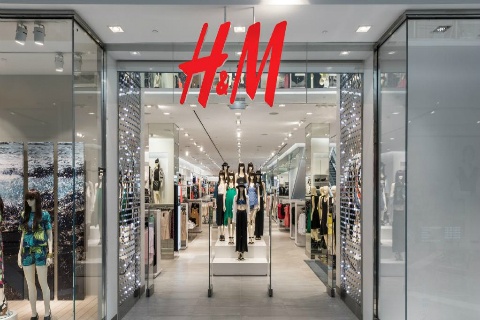The Swedish fashion retailer is facing this problem as more and more people are turning online to satiate their shopping needs.
In the world of shopping, fashion retail is fast moving online, so much so that a large chunk of world’s population now prefers buying over the internet.
This trend is a double-edged sword for fashion retailers. For, where at one end they could sell more products than ever, they also have to keep a large inventory, on the other.
And guess what, the Swedish Fashion retailer H&M is facing a similar problem these days. Reports quote that the company has an unsold inventory of $5.6 billion in the pipeline.
Apart from including shirts, the products which are available in the pipeline of H&M includes dresses, house decorating items, and other accessories.
H&M outlined the unsold clothes problem that it is facing in a recent quarterly report, which was released to its shareholders on March 27.
The report prompted questions as to whether the Swedish fashion retailer is able to acclimatize itself with the changing customer demands, not to mention that its mounting inventory could also jeopardize its competitiveness with other fashion retail brands around the world.
H&M cannot complain that they didn’t see this problem coming. For, it was in one of its quarterly reports last year that H&M announced a huge drop in sales.
While the decline was unexpected – as it was the company’s first in the last two decades – it should still have prepared them to deal with the storm coming ahead.
A major reason why their sales have dropped is that customers are shying away from crowded shop floors, and going in favor of online shopping.
Another major reason is the expansion in the operations of the retailer – as it is opening 220 new stores worldwide and is turning to e-commerce operations in the future.
The scale of the problem – as H&M states that its unsold stock had grown by 7% in one year – also illustrates the vast size of the company.
For example, the Swedish town of Vasteras, where the first-ever store of H&M is founded, had many power plants which produce electricity only by burning the defective products which the retailer cannot sell in the open market.
Apart from the decrease in sales, another worrying aspect for H&M is the gloomy outlooks that analysts share about the retailer’s future. Rahul Sharma, one of the world’s premier market analysts, call the situation at H&M as a ‘’slow-motion wreck’’ soon after the first quarter results were released.
